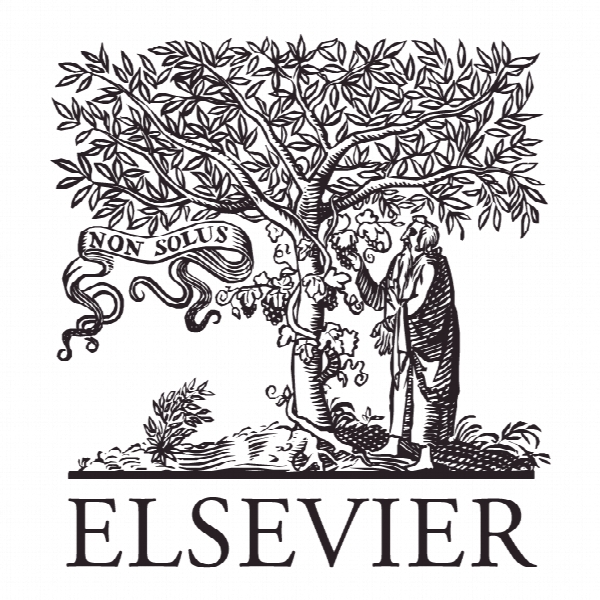انتخاب مدل سازی مسیر حداقل مربعات جزئی به عنوان روش تحلیلی در تحقیقات مدیریت اروپایی: یک دیدگاه واقع گرا Choosing PLS path modeling as analytical method in European management research: A realist perspective
- نوع فایل : کتاب
- زبان : انگلیسی
- ناشر : Elsevier
- چاپ و سال / کشور: 2017
توضیحات
رشته های مرتبط مدیریت
گرایش های مرتبط مدیریت استراتژیک
مجله مدیریت اروپایی – European Management Journal
دانشگاه گروه بازاریابی، کالج کسب و کار رابینسون ، ایالتی گرجستان، ایالات متحده
نشریه نشریه الزویر
گرایش های مرتبط مدیریت استراتژیک
مجله مدیریت اروپایی – European Management Journal
دانشگاه گروه بازاریابی، کالج کسب و کار رابینسون ، ایالتی گرجستان، ایالات متحده
نشریه نشریه الزویر
Description
. Introduction Perhaps there has always been controversy between different approaches to structural equation modeling (SEM), ever since Herman Wold unveiled a composite-based alternative to Karl Joreskog’s common factor-based innovation. In the last few € yearsdperhaps in response to a new vibrancy within the partial least squares (PLS) path modeling communitydthe tenor of this controversy has become sharper. Antonakis, Bendahan, Jacquart, and Lalive (2010, p. 1103) declared, “… there is no use for PLS whatsoever… We thus strongly encourage researchers to abandon it.” Referring to PLS path modeling, Ronkk € o and Evermann (2013 € , p. 19) assert, “… it is very difficult to justify its use for theory testing over [factor-based] SEM…” Writing in a psychological journal, Ronkk € o, McIntosh, and Antonakis (2015 € , p. 82) conclude, “… PLS should not be adopted as a tool for psychological research.” Perhaps the most recent and impactful contribution in this vein is an editorial from the editors in chief of Journal of Operations Management (Guide & Ketokivi, 2015, p. vii), who warned, “We are desk rejecting practically all PLS-based manuscripts, because we have concluded that PLS has been without exception the wrong modeling approach in the kinds of models OM researchers use.” However, Guide and Ketokivi went further, clarifying that desk rejection was primarily a response to researchers making incorrect claims about PLS path modeling (p. vii): “Consequently, we will automatically desk reject a manuscript that makes incorrect claims about the applicability of the estimator (obviously, any estimator, not just PLS).” Guide and Ketokivi’s (2015) editorial points to two different problems related to the use and understanding of PLS path modeling. Today, too many researchers offer a flawed rationale for choosing PLS path modeling as their method, citing strengths or advantages for PLS path modeling that do not exist. At the same time, critics offer flawed reasons to avoid PLS path modeling. Some of these critical arguments falsely ascribe advantageous properties to the factor-based approach to SEM that do not exist, while someare based on flawed evidence about the performance of PLS path modeling. The aim of this paper is to review and correct both types of errorsdboth alleged strengths or advantages and alleged weaknesses of PLS path modeling which have not been supported with valid evidence, despite publication in well-regarded academic journals. This paper presents an alternative understanding of structural equation modeling, one which is consistent with aspects of factor-based and composite-based approaches to SEM which both users and critics of PLS path modeling have tended to ignore. It is easy enough to find oneself embracing the beliefs and biases of one school of thought, to the point where contrary arguments and perspectives seem not only wrong but nonsensical and even dangerous. Unsuspecting researchers may quietly succumb to a “methodological tribalism” (Saunders & Bezzina, 2015, p. 298). While Saunders and Bezzina (2015) studied the implications of a broad qualitative vs quantitative orientation among (primarily) European management researchers, the same divide arises between researchers with differing quantitative backgrounds. As with Saunders and Bezzina (2015, p. 303), this is not a call for “methodological relativism,” that is, for simply withholding judgment. Rather, the aim here is to overcome misunderstandings by embracing a pluralism of quantitative methodologies which are all rigorously consistent with a single framework. This paper is written in the hope that it will (a) help researchers to make better design and methods choices, (b) help writers to avoid crucial errors in explaining their choices, and (c) help to move the SEM dialog forward.


